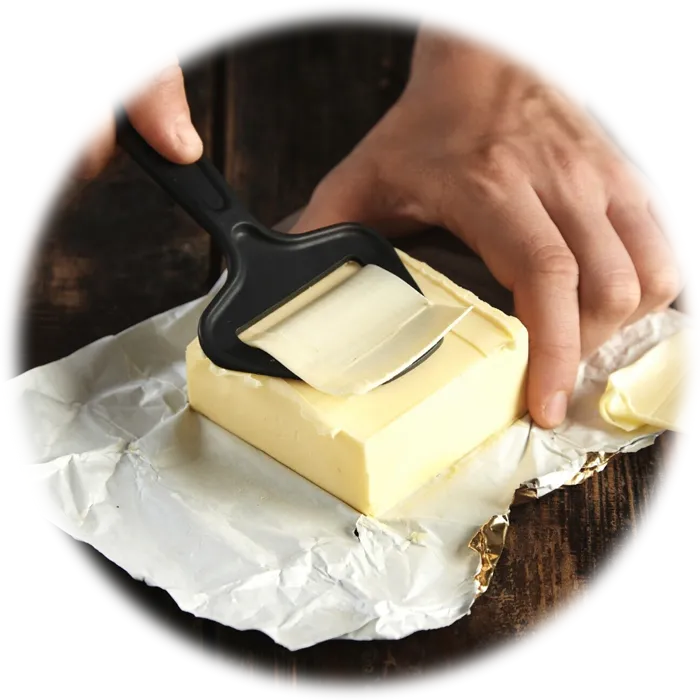
Nutritional properties of Margarine
Energy :
900.00 Kcal / 100g
Category : Oils and Fats
Group : Vegetable Oils & Fats
Composition And Nutritional Value :Margarine is a spread made from vegetable oils, typically including oils like soybean, palm, sunflower, or canola, and is designed to mimic the texture and flavor of butter. Its composition is primarily made up of unsaturated fats, but depending on the processing method and ingredients used, it may also contain some trans fats. Trans fats, though reduced in many modern margarine brands, are formed during the hydrogenation process and have been linked to increased risks of heart disease. Margarine is also fortified with vitamins A and D to provide additional nutritional value, similar to butter. It generally contains fewer calories and less saturated fat than butter, but the type of oils used impacts the overall healthfulness of the product.
Health Benefits : Margarine made with unsaturated fats can offer some cardiovascular health benefits compared to butter, especially when it replaces butter made from animal fats. The unsaturated fats in margarine can help reduce levels of LDL (bad) cholesterol and promote healthier levels of HDL (good) cholesterol, potentially reducing the risk of heart disease. Many modern margarine brands are formulated to contain little to no trans fats, making them a healthier alternative to older versions that were high in these harmful fats. However, margarine with high levels of saturated fats or trans fats should still be consumed in moderation, as excessive intake can lead to heart disease and other health issues.
Culinary Uses : Margarine is a versatile ingredient used in cooking, baking, and as a spread. It can be used in place of butter in most recipes, including cakes, cookies, pastries, and savory dishes. Due to its lower melting point than butter, margarine can be easier to spread, especially when chilled. In baking, margarine contributes to a moist, tender texture in baked goods and is often used in cookies, cakes, and pie crusts. It is also commonly used for sautéing and frying, particularly when a more neutral flavor is desired. Some margarine varieties are also flavored and can be used as a butter substitute for spreading on bread, rolls, or vegetables.
Types : Margarine is available in several forms, including regular, light, and whipped varieties. Regular margarine contains a higher fat content, while light margarine is made with less fat and often includes added water. Whipped margarine has air incorporated into it, making it lighter and easier to spread, but it still retains a high-fat content. Margarine can also be found in stick or tub form, with sticks being better suited for baking due to their firmer consistency. Some margarine brands are made with specific oils like olive oil or sunflower oil, which may offer healthier fat profiles. Vegan margarine is also available, made without dairy ingredients, and is a good alternative for those with dairy allergies or following plant-based diets.
Shopping And Storage Tips : When shopping for margarine, choose brands that are low in trans fats and made with healthier oils, such as olive oil or sunflower oil, for a better nutritional profile. Check labels to ensure that the margarine is free of partially hydrogenated oils, which can contribute to trans fat content. For baking, select margarine in stick form, as it has a more solid consistency that works better in recipes. Margarine should be stored in the refrigerator to maintain freshness and prevent spoilage, particularly if it’s made with oils that can become rancid over time. When using margarine as a spread, keep it at room temperature for easier spreading but avoid leaving it out for extended periods to prevent deterioration.

